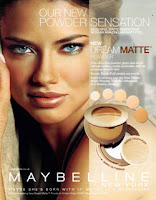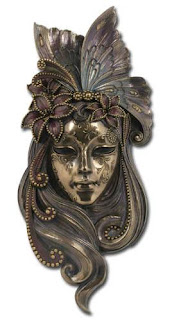"One should either be a work of Art, or wear a work of Art" Oscar Wilde
19th Century fashion seems to be a bit of a trend in these blog posts! The era was an important time for society in general, with the Industrial Revolution changing the face of Britain and Europe and the way people led their lives. Science and industry changed the way society was structured and provided a different array of jobs, allowing the aspirations of the middle classes to be realised. Linking Dandyism to high society is a common misconception, a Dandy is a man who puts fashion, appearance and imitation of aristocracy above all else. It is a state of mind as well as a way of dressing.

The first and most notable Dandy of the 19th Century was George Bryan 'Beau' Brummel, socialite and friend of the Prince Regent. While Brummel did not come from money, he was left a vast inheritance from his father which, combined with the social circles he swam in, had a huge impact on his behaviour and appearance.
Although he was a member of the bourgeoisie he had a strong desire to fit in with the upper class young men in the Prince Regent's circle but such was his intelligent personality that he actually began to dictate the fashions of the time and was very influential. Brummel bathed daily, ensured his teeth were always clean and he was always shaven. In addition to this, his clothes were always freshly laundered and he wore a knotted cravat.

While his flawless style soon became very popular amongst the middle classes, the Dandy image came with many connotations:
Duality & The Excessive
The postmodern idea of multiple personalities is one which emerged in 18th Century Gothic literature. From Jekyll and Hyde to Dorian Gray, the excessiveness of the Dandy's personality and appearance is seen to be a mask, a disguise that has the ability to create multiplicity and duality. As Halberstam claims, the male in such a role "is always a master of disguise and his impermanence and fleeting sense of reality precisely masks him as monstrous."1
The link between the excessive and performance is inextricable. The Dandy carefully uses clothing and language to create an extreme persona: the personality is always too much and changes often and quickly. Despite this, Dellamora emphasises the extent of the Dandy's multiplicity, "the Dandy is too relaxed, too visible, consumes to excess while producing little or nothing. He is also too feminine."2

Superficiality/Surface & Depth
In addition to the idea of duality, the Dandy is also superficial due to his emphasis on the aesthetic. The Dandy hides behind the apparently respectable exterior reminiscent of the aristocracy but there is an element of doubt due to the fact that he is too much. Halberstam explains the idea of surface and depth in relation to the Dandy, "Disguise becomes equivalent to self. Soon it becomes one and the same as the personality breaks through the exterior."3
Using Oscar Wilde's Dorian Gray as an example, when he first sees the actress Sibyl she is wandering through the forest dressed as a boy in hose and doublet but when she reveals her true self he feels betrayed by her and is no longer attracted to her. In the preface of the novel, Wilde warns the reader, "those who look beneath the surface do so at their own peril". In the context of the story, Sibyl fails because she attempts to break through the superficialities and arrive at something real.
1 J. Halberstam, Skin Shows: Gothic Horror & The Technology of Monsters. Duke University Press, 1995
2 R. Dellamora, Masculine Desire: The Sexual Politics of Victorian Aestheticism. Unviersity of North Carolina Press, 1990
3 J. Halberstam, ibid










